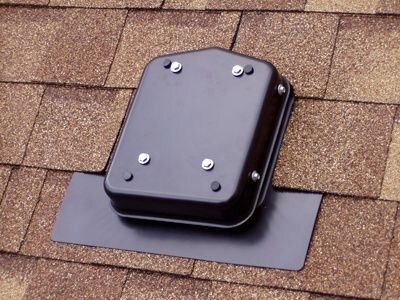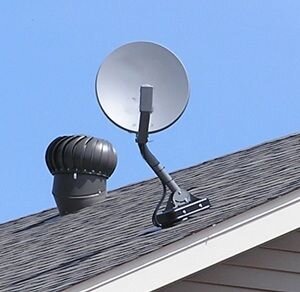Ive been a big fan of these forms for the last couple months, kind of an eye opener in some aspects, as well as seeing that others have run into that special brand of customer that wants everything for free. Most the customers I talk to are great to work with, but occasionally everyone runs into that special handful.
Like the original post of this thread, one of my calls earlier this month, involved a cust having roofers out to reroof the home, (bout that time for it anyways), and was experiencing some leakage towards the peak. Well, make things sort, the dish needed to be moved, as she didnt want it on the roof, an it was going to be moved anyways. Most calls start out fine, till you get to the point of discussing costs of moving equipment. Let it be known the install was over 4 years old. At the point of explaining the 99$ cost of moving the dish, she became infuriated and claimed the dish was installed incorrectly in the first place, as it wasnt were she wanted it in the first place, and it was most likely the cause of the leak. I can see working with this.. especially withen the first 6months to 1 year, especially if I got a track record to work off of. Course, no over all complaints. Finally it escelates, to the point where they are now claiming possible dmg, doesnt want the group that handles damages, just a supervisor.
Sure thing, get a manager, talk it over with cust, one thing we can do, set up to have a FSM come out, inspect damages, verify if dish caused...cust fine with that, if no damage is found, cust agreed to the 99$. Course nothing was found on sight, aside from poor maintence of the roof itself, and a cust claiming damage at the peak was cause by the dish.. Turns out the dish was mounted on the further outer edge of the roof, on the lower over hang.
Of every 5 legitimate calls I get, I get another 10-15 calls that would ruin the job for me, if it wasnt for those 5 legitimate callers that make the entire job worth it. Those 5 callers are the ones I will go out of my way to help, especially if I see them in a bad position.



